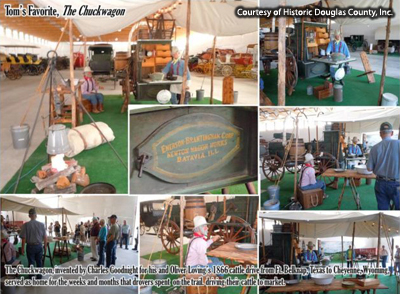While my introduction to horse-drawn vehicles can be traced to a runaway experience in my early teens, my dad and grandad grew up using wagons and horse-drawn equipment – on a daily basis. Sometimes I have to remind myself that, even though America enjoys a host of modern conveniences today, it wasn’t that long ago that motorized wheels were an unaffordable luxury.
Like a lot of folks across the globe, my grandad’s wagon-related stories were highlighted by runaways and wrecks. Of course, my dad would want me to add that grandpa often fueled the problem by purchasing green (unbroken) mules to work the fields and wagons. For obvious reasons,they were cheaper. Dad laments that just about the time they would get a single mule or team working well, grandpa would sell them. No doubt, for a good profit. During the process of breaking them, though, there were times when explosive excitement and quick action ruled the day!
After hearing the old stories and having my own ‘incident’ behind the traces, it took a while for me to come back to wooden wheels. Still yet, I couldn’t shake the history of these pieces and in the mid-1990’s, I began a more serious focus on researching and collecting unique vehicles. Since the internet was relatively unknown at that time, it wasn’t always easy to find details on antique horse drawn vehicles. My earliest ‘guide’ was a used book store in Springfield, Missouri. Visiting it ahalf dozen times a year, I was blessed to some across a number of importantprimers. “Conestoga Wagon 1750-1850” and“The Prairie Traveler” were among the pieces found there and they continue tobe valuable assets in our Wheels That Won The West® library.
As the years progressed, I becameacquainted with more folks of a similar bent. Turns out, my intrigue with discovering andpreserving this segment of American history is not so unusual. Over and over, I’ve met collectors andenthusiasts from all walks of life and all parts of the U.S. as well as severalforeign countries.
 |
| Positioned at the entrance to Tom Watt’s collection, this Newton brand chuck wagon is fully equipped and set up as an authentic display. |
A number of years ago, I was introducedto Tom Watt. Tom is a long, tall ArizonaColoradan – meaning he spends about equal time between properties in eachstate. Not only is he one of thefriendliest fellas I’ve run across but he’s also an astute businessman andearly vehicle collector. The pieces he’s helped preserve include several dozen historic wagons, carriages,and stages. In fact, one of the smallthorough-brace vehicles he owns is purported to have carried President Theodore Roosevelt during the 1904 World’s Fair at St. Louis.
Years ago, I wrote a brief history for Tom outlining the background of another equally rare, hand built vehicle he has on display – a Rhoads brand wagon from Anderson, Indiana. Some of that particularbrand’s heritage can be found in our “Borrowed Time” book which also covered otherhard-to-find details from national wagon brands like Birdsell, John Deere,Peter Schuttler, Weber, Newton, Studebaker, and more.
Not long ago, Tom hosted a large groupfrom the Larkspur and Cherry Creek Valley Historical Societies. Walking them through his collection is akin to stepping back in time to a day when horseflesh ruled the road and the big ‘three’ in transportation was more like the big 50 or 100. All total, there were tens of thousands of horse drawn vehicle makers in the U.S. While most were small makers, a number ofthem became strong regional, national, and even international forces. Tom’s compilation includes an impressivelineup of notable brands and wide variety of vehicle types including thosebuilt as a farm wagon, chuck wagon, sheep wagon, hearse, sleigh, mail wagon, buckboard,buggy, carriage, mountain stage, mud wagon, Concord coach, stock rack, andmilitary ambulance. Seldom do we have achance to see so many different vehicles in one setting.
 |
| Business wagons, such as this one promoting early Watkins products, were once a common sight as peddlers hawked their wares to rural sections of the U.S. |
Making the most of every opportunity to passon knowledge, appreciation, and insights from America’s first transportationindustry is just one of the unspoken duties many collectors gladly embrace. After 50 years of collecting, Tom Watt andhis wife, Betty, have put together some of the country’s most impressive vehiclesurvivors and, in the process, have preserved a tremendous amount ofhistory. From rare brands to uniquedesigns, we are all the richer for it.
 |
| Beginning in the late 1890’s, light wagons such as this one carried the mail via Rural Free Delivery (RFD) to farm families living distances from town. |
Please Note: As with each of our blog writings, all imagery and text is copyrighted with All Rights Reserved. The material may not be broadcast, published, rewritten, or redistributed without prior written permission from David E. Sneed, Wheels That Won The West® Archives, LLC